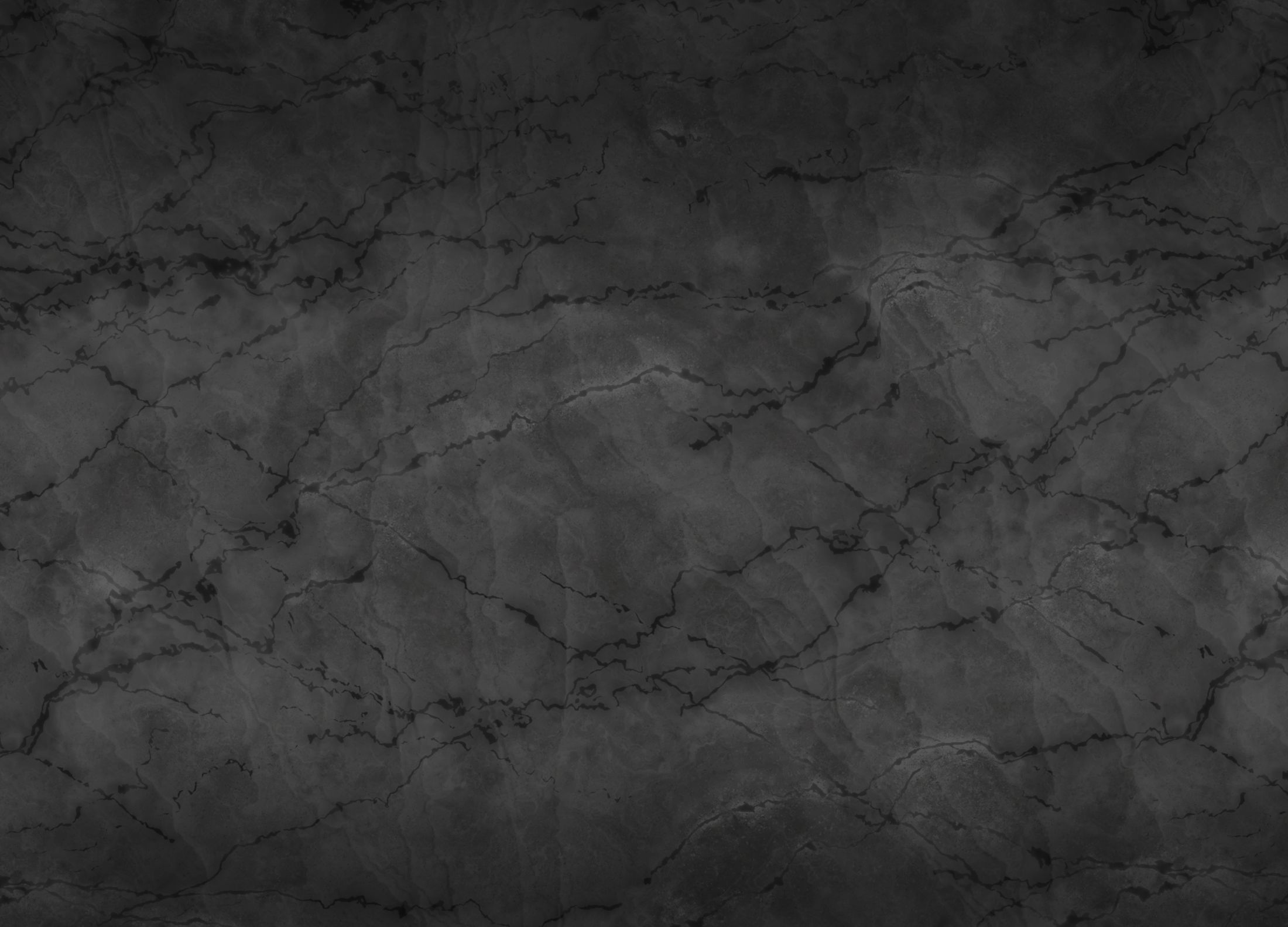



Did you know that more people in the US are diagnosed with skin cancer each year than all other cancers combined? In fact, one in five Americans will develop skin cancer at some point and almost half of all senior citizens will experience non-melanoma skin cancer at least once. With statistics like that, knowledge is power and prevention is key. Unfortunately, many of us didn’t understand the dangers of unprotected skin and indoor tanning beds until it was too late. So what happens if you are diagnosed with skin cancer and need surgery to remove it?
If you have skin cancer, removing it and protecting your health will be the first priority. If it’s in a visible location, you may worry that scarring will affect the appearance or function of that area. Many patients are indeed dissatisfied with the way their skin looks once the skin cancer has been removed, but we can help! Here at Plastic Surgery Group of Memphis, we’re able to provide patients with surgical reconstruction following skin cancer removal. Let’s take a closer look at what you can expect from that process.
Once a skin cancer has been identified, an experienced surgeon should remove it. The most commonly used method of removal is Mohs surgery, in part because it is so successful—in basal cell and squamous cell skin cancers, it has a 99% cure rate for new cases and a 95% cure rate for recurrent cases! Mohs surgery is carried out by a dermatologist rather than a plastic surgeon. For the best results, we prefer to have a consultation with the patient before their Mohs procedure so we can have a plan in place for their reconstruction surgery.
This procedure involves injecting a local anesthetic or numbing agent, then removing the raised area of the tumor first. A thin layer of tissue is removed next and closely examined for cancer cells. If any cancer cells are found, the surgeon will continue removing additional layers until no more cancer cells can be seen under the microscope. This ensures all cancer is removed while leaving the healthy tissue around it relatively undisturbed.
Other types of surgical procedures may be used to remove skin cancer. Electrodessication and curettage is an outpatient procedure during which a doctor will numb the skin using a local anesthetic, then scrape cancer cells off using a tool called a curette. Electricity is then applied with a probe to stop any bleeding. This process is repeated as many times as necessary and may leave a small scar that is raised and pink or white in color.
This procedure is often used for smaller basal cell or squamous cell cancers that have not spread beyond the top layer of skin, and those that are not near sensitive areas like the lips and eyes. While this simple procedure helps patients avoid surgery, it’s important to note that the destroyed tissue is not sent to a pathologist to be examined for cancer cells, so you won’t know for certain that they have all been removed.
Standard surgical excisions are common as well. In this procedure, the doctor will numb the area with a local anesthetic before removing the entire skin cancer with a border of healthy tissue included. The incision is closed with stitches, then the removed tissue is sent to a lab for a dermatopathologist to examine. They will be able to confirm that the entire tumor is removed and the cancer is no longer present.
People who undergo a surgical excision procedure will normally go home the same day, though there may be some temporary discomfort. Stitches are typically removed 7-14 days after the excision.
There are several techniques available to help patients achieve a natural and healthy appearance after skin cancer removal. The method chosen will vary from case to case and depends on factors such as
We’ve outlined a few of these possible techniques below.
The flap technique—This is the most commonly used option in reconstructive surgery following skin cancer removal. Surgeons use a skin flap from a patient’s tissue to reconstruct another area of skin, which can help avoid scar contracture or shrinkage. The flap will normally be taken from the surrounding tissue, although this isn’t always possible. The flap technique can be a good alternative to having an open wound heal on its own.
Bone grafting—With this procedure, bone is removed and shaped to fit into any area where a deep excision was necessary. The bone is normally removed from the skull, but not always.
Cartilage grafting—This surgery is often used when the cancer was removed from an area that has a significant amount of cartilage, like the ear or nose. Depending on the case, cartilage can be removed from the ears or rib to reconstruct the area.
Skin grafts—Skin grafts can be used in various ways following skin cancer removal surgery. Areas of skin are taken from one part of the body and placed in another. As often as possible, grafts will be taken from a nearby area that is relatively obscure, like behind the ear.
Significant defects are complex, and in these cases, skin cancer reconstruction surgery may involve several steps. For example, if we’re working with a visible area of the face, your surgeon may choose to use an expander to stretch out the existing skin in order to grow additional healthy skin. This will give us a more thorough and natural result. Our surgeons will base your treatment plan around your very specific needs and goals.

After reconstruction surgery, you’ll be given instructions for your recovery. This will normally include things like:
You should start walking as soon as possible after your surgery, but be aware that you may tire more easily than usual. If you’ve had facial surgery, avoid bending forward at first, and plan to sleep with your head resting at a 45-degree angle on a pillow or recliner. Don’t remove the original surgical bandage until you’re instructed to do so by your surgeon and be sure to follow any wound care instructions you are given. Exposure to the sun should be avoided for the first year after your procedure.
When you choose our practice for your reconstruction needs, one of our expert surgeons will walk you through the options available to you. They will then work with your treatment team to develop a personalized plan that will repair any existing damage and help restore the natural appearance of your skin! If you’re interested in learning more about our skin cancer reconstruction surgeries, get in touch today to schedule a consultation in our Memphis office.